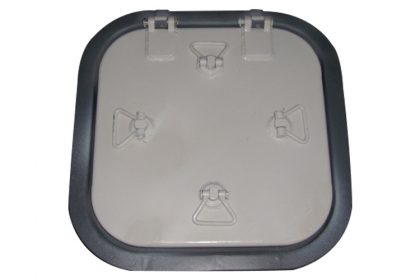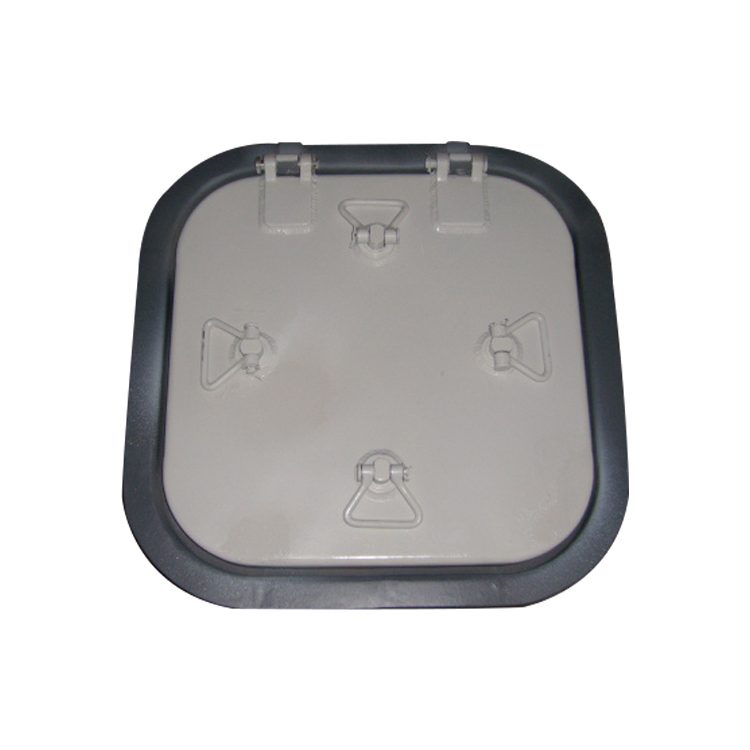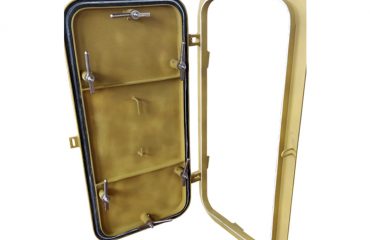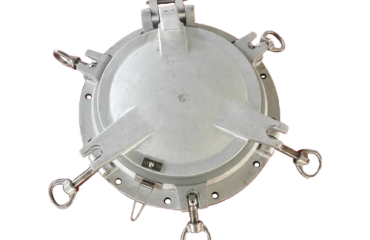

The design of the ship cover has three main impacts on the stability of the ship:
Center of gravity position: The position and weight of the ship’s cover will affect the center of gravity position of the ship. Overly high or heavy hatch covers can cause the center of gravity of the vessel to shift upwards, thereby reducing its stability. Therefore, when designing cabin covers, it is necessary to consider how to minimize the center of gravity position as much as possible to ensure that the vessel can maintain stability during navigation.
Wind resistance: The shape and material of the ship cover can also affect the wind resistance of the vessel. Overly large or wide hatch covers can increase the wind resistance experienced by ships during navigation, thereby affecting their speed and stability. Therefore, when designing cabin covers, it is necessary to consider how to reduce wind resistance and improve the performance and stability of the vessel.
Cabin space: The design of the marine cover can also affect the utilization of space inside the cabin. Overly large or high hatch covers can occupy the interior space of the ship, restrict the storage of goods and the movement of personnel, thereby affecting the operation and stability of the vessel. Therefore, when designing cabin covers, it is necessary to consider how to maximize the use of cabin space and ensure that the vessel can operate efficiently.
In summary, the design of marine covers has a significant impact on the stability of the vessel, but this impact can be controlled through rational design and optimization. When designing cabin covers, factors such as center of gravity position, wind resistance, and cabin space need to be considered to ensure that the vessel can navigate smoothly and efficiently. Only when the cabin cover is designed with careful consideration can the stability and safety of the vessel be ensured.




